Category
Blog
Date
July 26, 2024
Author
admin


If your toilet starts bubbling when you use the shower, don’t ignore it as a mere coincidence. This bubbling can be an early warning sign of significant drainage issues caused by severe blockages.
Ignoring these symptoms can lead to inconvenient and costly problems down the road. It’s essential to take action promptly. In this blog, we delve into the common causes of toilet bubbling and provide practical solutions to fix the issue.
Read on to learn how to keep your plumbing in top shape and avoid future headaches.
Clogged toilets are a common issue we all encounter, and while typically easy to resolve, understanding the specifics can be beneficial. Toilet bubbling occurs due to a blockage in the plumbing system, which creates reverse air pressure. Instead of water draining away, air and water are pushed back into the toilet, causing bubbling in the bowl.
Common causes of clogs include non-flushable items such as paper towels, tissues, sanitary products, cigarette butts, and wipes. These materials do not dissolve in water, leading to blockages that need to be cleared.
To address a clogged toilet and eliminate bubbling, follow these steps:
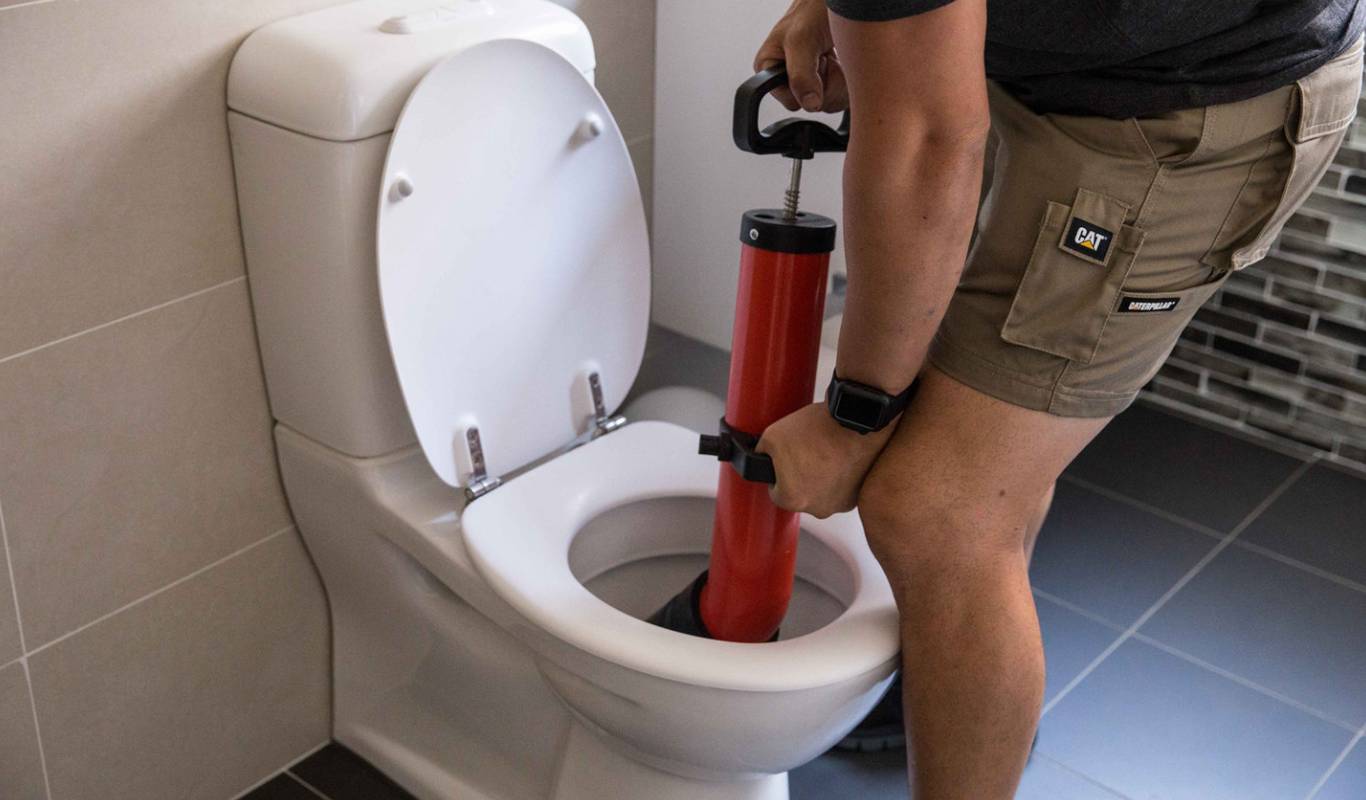
If your toilet continues to bubble when the shower is running, and there are no visible clogs in the toilet, it may be time to inspect your roof’s vent stack. The vent stack manages your plumbing’s air pressure and is a vertical pipe designed to remove sewer gases and unpleasant odours, keeping your home fresh. It also allows fresh air into your drainage and plumbing system to maintain atmospheric pressure, which is essential for proper water drainage.
Unlike drain pipes, a vent stack does not carry wastewater and can become blocked by debris such as bird nests, pine cones, and leaves. When the vent stack is obstructed, it prevents air from escaping, creating reverse or negative pressure. This lack of air pressure causes toilets to bubble when the shower is used, disrupting water flow throughout the house.
If no clogs are found in the toilet or vent stack, the issue may lie with your household drain lines. All drainage from your residence connects to the main sewer lines. A blockage in these drain lines can trap air, which becomes pressurised and forced out due to the obstruction. When you use the shower, water flows down the pipes while trapped air has no means of escape, creating reverse pressure. This vacuum effect can draw air into the P-trap through the toilet, leading to gurgling noises and bubbling during showers.
Clearing clogged sewer drains or pipes can be challenging and may cause additional damage if not handled properly. If the problem persists deep within the pipes beyond the reach of standard tools, it indicates a more serious issue. Symptoms may include water backing up in showers or toilets failing to flush properly.

Improperly installed plumbing pipes can result in bubbling when the shower is in use. Inadequate plumbing installation may lead to improper pressurisation, allowing air to move in the wrong direction and creating air pockets. These conditions can potentially cause hazardous backflows, particularly if drain lines are not correctly graded or sloped, hindering efficient wastewater flow.
If plunging your toilet and unblocking your vent stack do not resolve the bubbling issue, the problem is likely due to a clog in the main or municipal sewer line. This main line carries all the drainage waste from your house to the city’s sewer system.
A blockage in this line can cause bubbling and gurgling in your toilet, as the water backs up into your home when the shower is used. This issue can also be influenced by the size of the drain line and whether it is undersized, which can exacerbate water backup problems. It is also worth checking if your neighbours are experiencing similar issues.
In such cases, do-it-yourself methods are typically ineffective. The responsibility for clearing a blockage in the main sewer line lies with the city municipal authorities. Clearing such blockages often requires commercial hydro-jetting and drum augers to reach and effectively remove the obstruction. Here are some steps you can take to facilitate their work:
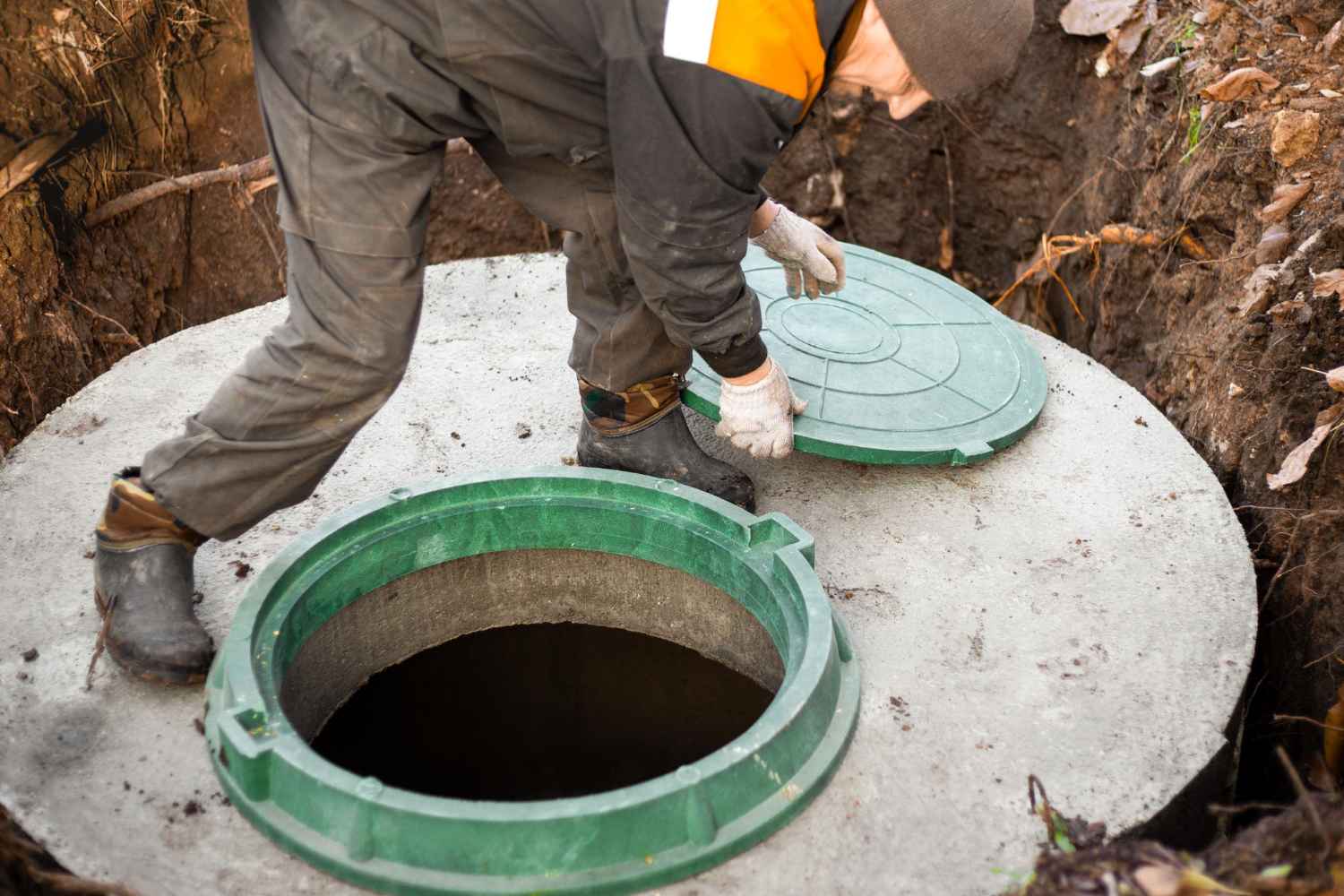

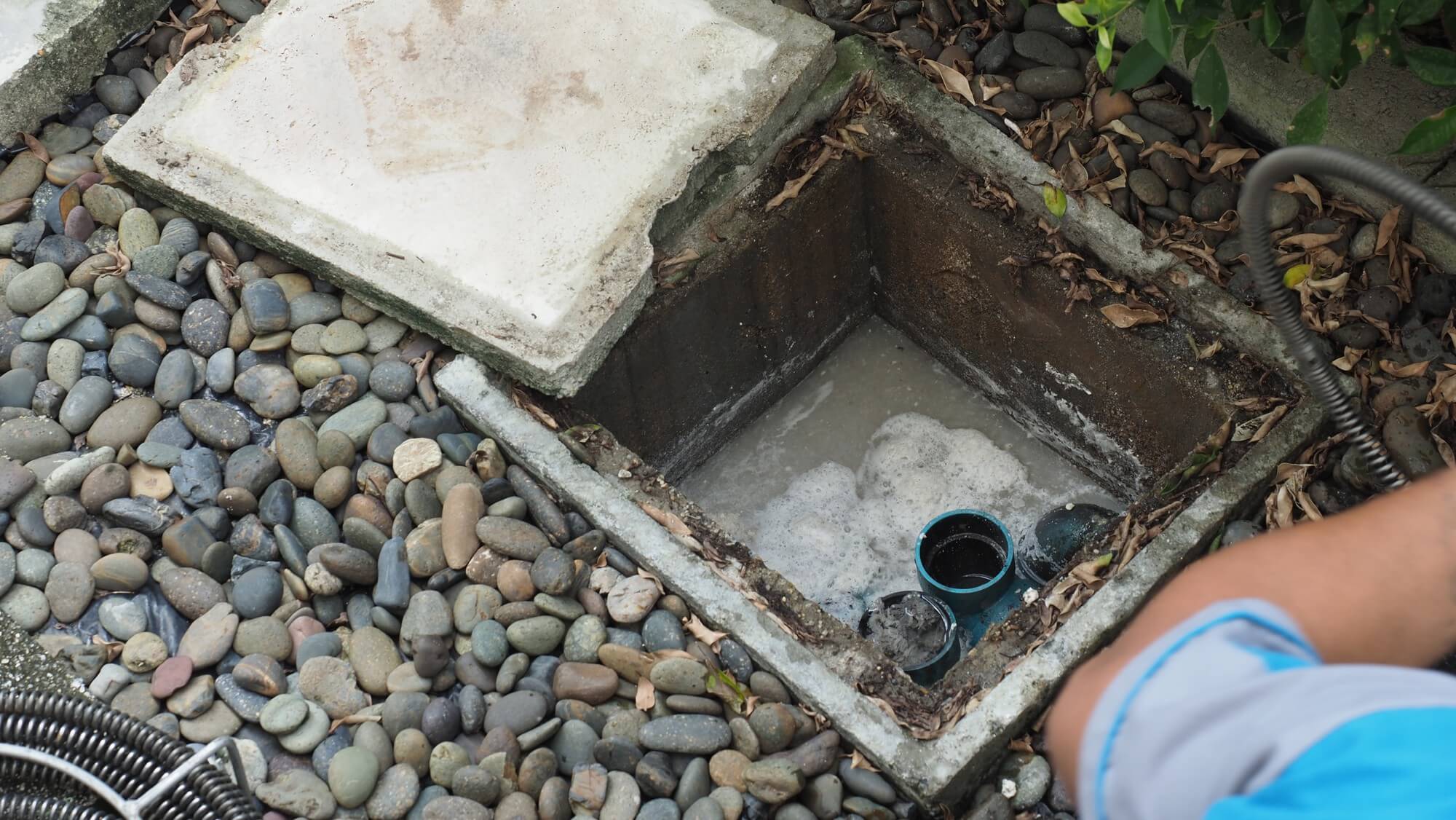


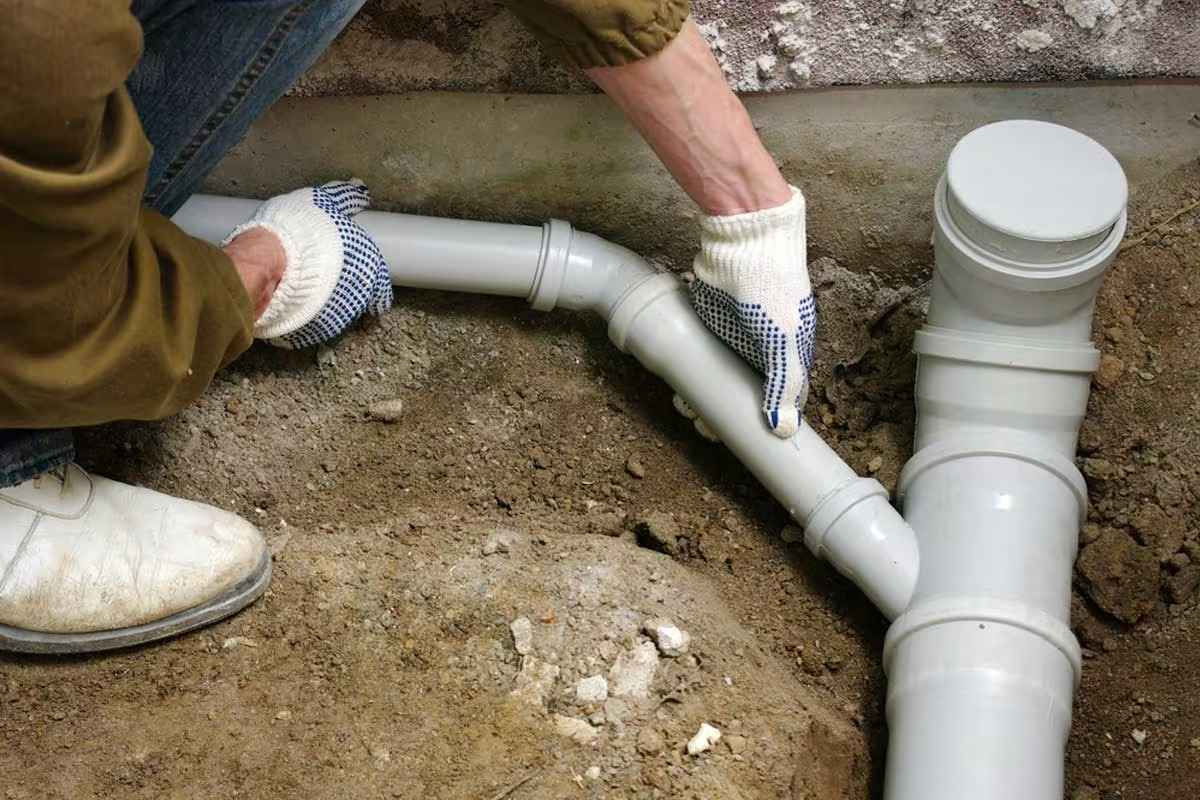
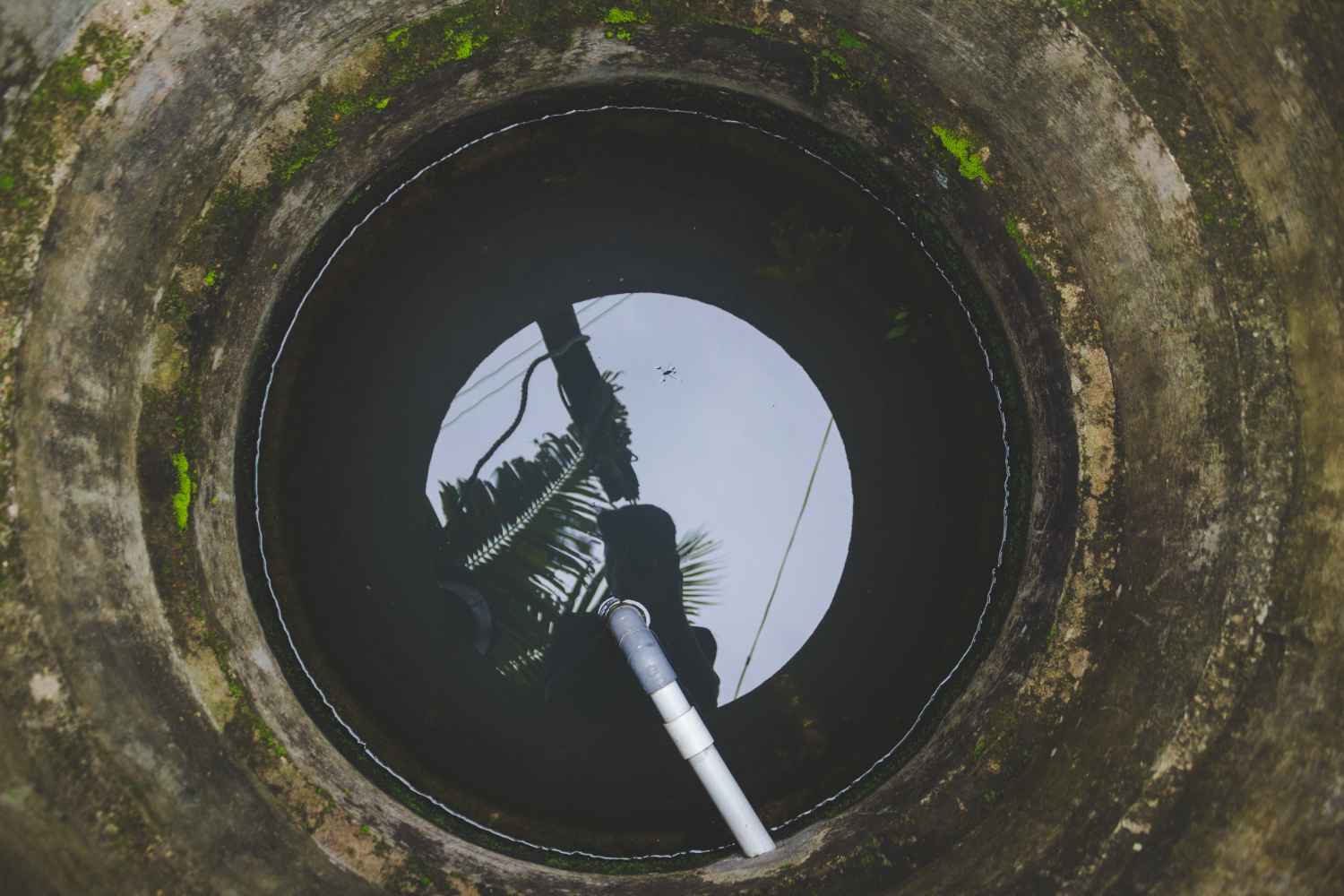
Areas we cover
Basingstoke | Southampton | Guildford | Bournemouth | Poole | Portsmouth | Crawley | Dorchester | Peterborough | Newbury | Christchurch | Gillingham | Swindon | Winchester | Reading | Oxford | Slough | Abbotswood | Sterte | Ascot | Stoughton | Broadstone.